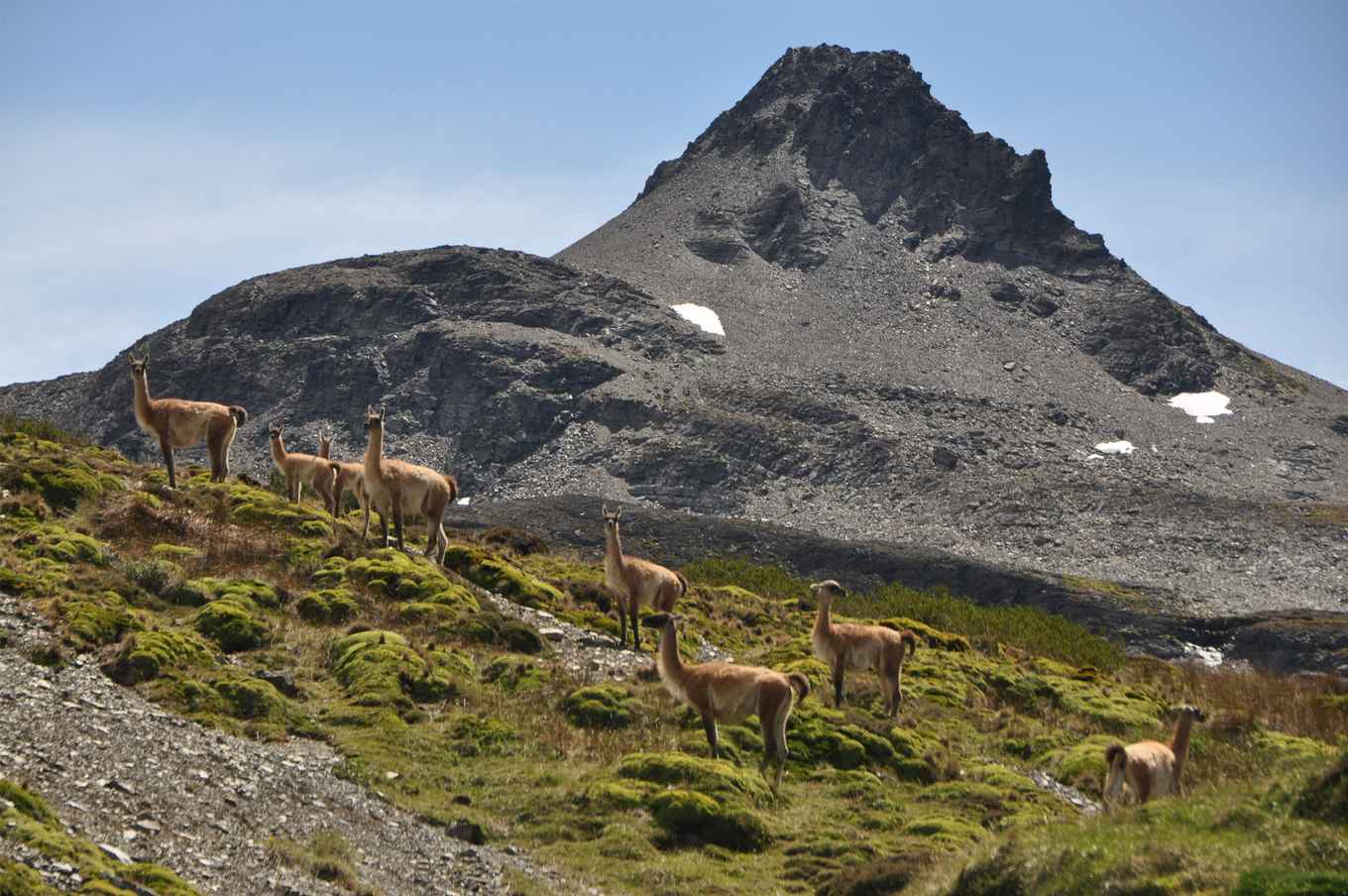Renewable energy facilities threaten many important biodiversity areas
25 March 2020

The research team found over 2,200 renewable energy facilities, already operating inside important biodiversity areas, with over 900 currently being built. Dr José Rehbein from the University of Queensland is lead author of the study and says he is extremely alarmed by the findings: ‘Energy facilities and the infrastructure around them such as roads and increased human activity can be incredibly damaging to the natural environment. Many of these developments, when not well planned for, are not compatible with biodiversity conservation.’
World biodiversity
The study, led by the University of Queensland, showed that the majority of overlaps occur in western Europe and developed nations. But the next wave of conflicts - those facilities currently being constructed in important biodiversity areas - mainly occur in Asia and Africa, which still hold much of the world’s biodiversity.
Senior author Dr James Allan from the UvA Institute for Biodiversity and Ecosystem Dynamics, explains: ‘Effective conservation efforts and a rapid transition to renewable energy are both essential to prevent species extinctions and avoid catastrophic climate change. We recognise that transitioning to renewable energy is crucial for reducing carbon emissions – but the key is ensuring that renewable energy facilities are built in places, and in ways, where they do not damage biodiversity.’
The team urges governments, industry and development organisations to proactively plan the expansion of renewable energy facilities to avoid important conservation areas. They stress this issue needs immediate attention, especially considering the renewable energy sector is expected to grow tenfold by 2060, as nations strive to meet ambitious sustainable development goals. Allan concludes: ‘To be truly sustainable, renewable energy developments must consider biodiversity as well as carbon - and avoid any negative impacts.’
Publication details
José A. Rehbein, James E.M. Watson, Joe L. Jane, Laura J. Sonter, Oscar Venter, Scott C. Atkinson, James R. Allan: ‘Renewable energy development threatens many globally important biodiversity areas’, in Global Change Biology (2020). Link: https://onlinelibrary.wiley.com/doi/abs/10.1111/gcb.15067